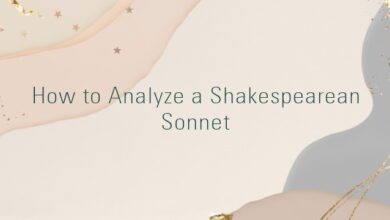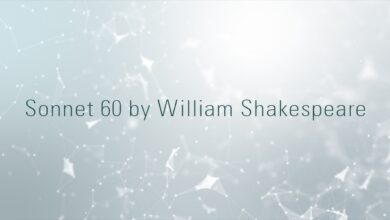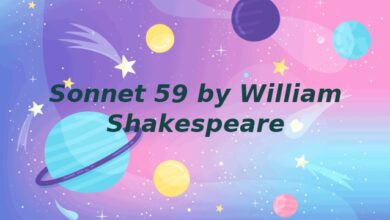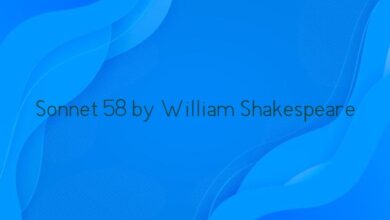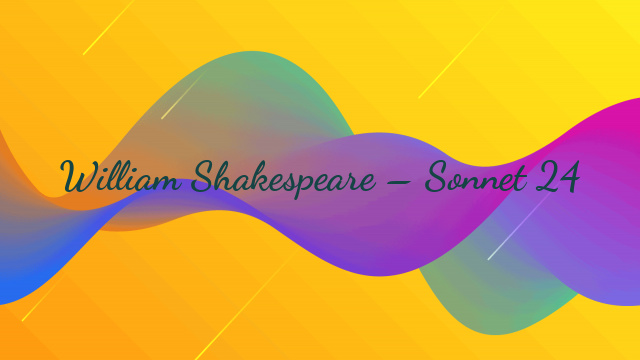
Mine eye hath played the painter and hath steeled,
Thy beauty’s form in table of my heart;
My body is the frame wherein ‘tis held,
And perspective that is best painter’s art.
For through the painter must you see his skill,
To find where your true image pictured lies,
Which in my bosom’s shop is hanging still,
That hath his windows glazed with thine eyes.
Now see what good turns eyes for eyes have done:
Mine eyes have drawn thy shape, and thine for me
Are windows to my breast, where-through the sun
Delights to peep, to gaze therein on thee;
Yet eyes this cunning want to grace their art,
They draw but what they see, know not the heart.
This is regarded as one of the more tortuously worded of the sonnets, in which mental dexterity is matched by opacity of language. ‘Pure Bosch’, ‘pure bosh’, and ‘high flown nonsense’ are regarded as descriptive of it by GBE (Sonn. p.137, head note, and p.138 n.13-14). JK gives numerous interpretations of 4-6, which leave one’s head reeling. KDJ does not seem to worry over it too much. Perhaps it is indeed more clear to some than to others. One should however not discount the possibility of misprints, and I suggest below one minor emendation for line 4. If we accept the notion that this is an example of ‘looking babies’ in each other’s eyes, (KDJ p.158, head note) whereby each lover sees his/her own reflection when gazing soulfully into the lover’s eye, then Thy beauty’s form is the reflection that the youth sees in Shakespeare’s eyes of himself in miniature, which Sh. imagines as transferred to his (Sh’s) heart. Since the youth is looking into Sh’s breast through his own eyes at his own image, it is as if he is peeping in through windows, the windows being his own eyes. The same process could be repeated for Shakespeare’s image in the lover’s eyes.
However, bearing in mind the miscibility of hearts that has been depicted in the previous sonnet, it is not absolutely necessary to accept the above explanation. It may be simpler to adopt the view that the lover’s eye transfers the image of the beloved that he sees directly into his own heart. This is evidently what happens in 46 & 47 (see below).
By the end of sonnet 24, as I think also of 47, we are uncertain whose eye, breast or heart is where, but it does not matter greatly, for the lovers are one and inseparable, which is probably what the poet is trying to show us.
Finally a note of unease is introduced, the first sign of doubt, the first glimpse of a darkening on the horizon. Perhaps the ideal is too perfect to be sustained for long, or perhaps the poet cannot bring himself to believe that all can be as wonderful as it appears, that brightness falls from the air, and all must die. Despite the two hearts which are as one, the closing couplet is a warning harbinger of less happy times to come.
47
Betwixt mine eye and heart a league is took,
And each doth good turns now unto the other.
When that mine eye is famished for a look,
Or heart in love with sighs himself doth smother,
With my love’s picture then my eye doth feast,
And to the painted banquet bids my heart;
Another time mine eye is my heart’s guest,
And in his thoughts of love doth share a part:
So, either by thy picture or my love,
Thy self away, art present still with me;
For thou not farther than my thoughts canst move,
And I am still with them, and they with thee;
Or, if they sleep, thy picture in my sight
Awakes my heart, to heart’s and eyes’ delight.
The 1609 Quarto Version

Mine eye hath play’d the painter and hath ſteeld,
Thy beauties forme in table of my heart,
My body is the frame wherein ti’s held,
And perſpectiue it is beſt Painters art.
For through the Painter muſt you ſee his skill,
To finde where your true Image pictur’d lies,
Which in my boſomes ſhop is hanging ſtil,
That hath his windowes glazed with thine eyes:
Now ſee what good-turnes eyes for eies haue done,
Mine eyes haue drawne thy ſhape,and thine for me
Are windowes to my breſt, where-through the Sun
Delights to peepe,to gaze therein on thee
Yet eyes this cunning want to grace their art
They draw but what they ſee,know not the hart.
Commentary
1. Mine eye hath played the painter and hath steeled,My eye has behaved like a painter and has engraved, as with a steel stylus… steel’d is changed to stelled by many editors, on the authority of Capell’s emendation, in which case it would mean set, placed, or painted.2. Thy beauty’s form in table of my heart;An image of your beauty … in my heart. table = anything on which one can write or draw, a blank sheet.3. My body is the frame wherein ‘tis held,It (your image) is framed, as a picture is framed, by my body which surrounds it.4. And perspective that is best painter’s art.
This has been rather unsuccessfully glossed by editors. It can hardly stand alone, as an abstract comment on painting (thus: ‘the use of perspective is an essential part of a good painter’s, or of all painters’, skills;’) because one is left wondering why such a comment should have any relevance here, unless it can in some way be connected with the painter in l.1. I would prefer to take perspective with wherein ‘tis held, and have both frame and perspective referring to the setting of Thy beauty’s form. This necessitates thealteration of it to that in l.4. We would then read
My body is the frame wherein ‘tis held,
And perspective that is best painter’s art
with the meaning ‘Your image, your beauteous form, is held both by my body which acts as its frame and by the science of perspective which sets it in a space in its due proportions’.
There may also be a reference to the Elizabethan fashion for ‘perspective painting’, an art which involved the painting of a distorted image which when viewed through a small aperture placed at the side converted the image into something more normal. Perhaps the image of the beloved could only be seen properly by gazing through the aperture of the eyes into the heart, where the picture lay. (See the portrait of Edward VI below).

A perspective painting of Edward VI in the National Portrait Gallery, London. Viewed through a small hole placed at the left of the picture the face becomes almost normal.

The Portrait of Edward ‘correctly’ viewed.5. For through the painter must you see his skill,
Many have worried about the change from thou, thy and thine to you and your in this and the following line. It does not occur elsewhere in these sonnets. One explanation which has not been fully explored is that you and your are used in the more general sense of one and the, as in ‘and water is a sore decayer of your whoreson dead body‘Ham.V.i.173. In this case the generalisation is of a painter’s skills. The primary meaning is therefore ‘It is through the painter that one may observe how art depicts nature, and how and where the image of anything is best delineated.’6. To find where your true image pictured lies,See previous line. your = the.
7. Which in my bosom’s shop is hanging still,The meaning now slides back to your image in its more immediate sense. Hence: ‘My eye, which has learnt all the skill of the artist’s trade, paints you perfectly, and that painted image of you is hanging in my workshop, in my heart, forever’. still = always, forever. shop does not imply retail outlet, but is much closer to our workshop or studio.8. That hath his windows glazed with thine eyes.That = which, sc. my bosom’s shop has, as its windows, your eyes.
9. Now see what good turns eyes for eyes have done:Your eyes and my eyes have done each other a good turn. This and the following three lines lend support to the interpretation that the image referred to is that of oneself seen in miniature in the pupil of the loved one’s eye (seeing babies). The difficulty I have in accepting it is that the image of the lovely youth which the youth himself sees in Shakespeare’s pupils is not one which Sh. himself sees at all, for he only sees himself reflected in the youth’s eyes. Therefore it is not clear how he can transfer the image to his breast. However, that is probably too modern and literal an assessment, and the Elizabethans probably believed that the image which was discernible in another person’s pupils of the scene they viewed was actually the image itself which descended somehow or other into that person’s heart. For how else could one build a science of optics other than by observation? If one observes that there is a scene in miniature suspended in a looker’s eyes, it is logical to suppose that that is the scene which the looker sees and that it is preserved therein by transference to the heart and memory.10. Mine eyes have drawn thy shape, and thine for meThis returns us to the painter imagery of l.1. Lines 10-12 summarize what 1-8 describe, with the addition of the sun as an interested viewer. See the next line.11. Are windows to my breast, where-through the sunThe bosom’s shop of l.7 is glazed with the lover’s eyes. They are effectively its windows. Since it contains an image of the youth, all wish to look inside, including the sun. The sun also stands for the youth, gazing upon himself.12. Delights to peep, to gaze therein on thee;Reminiscent of Donne’s lines
Busie old foole, unruly Sunne,
Why dost thou thus,
Through windowes, and through curtaines call on us?
Donne. The Sunne Rising.13. Yet eyes this cunning want to grace their art,cunning = skill, aptitude.
want = lack. Eyes suffer from the defect of not knowing how to show what lies inside the heart.14. They draw but what they see, know not the heart.They only depict the outward form. 46 expands this theme.

